Facts about medieval medicine that actually worked
When you think of medieval medicine, images of quackery and superstition might spring to mind. However, the truth is far more nuanced. Medieval medicine was a blend of ancient wisdom and emerging science, with practitioners often relying on empirical observations. From the use of herbs to the application of bizarre techniques, medieval healers were desperate to understand the human body. Their endeavors laid the groundwork for future medical advancements, even if they sometimes missed the mark.
Herbal Remedies: Nature’s Medicine Cabinet
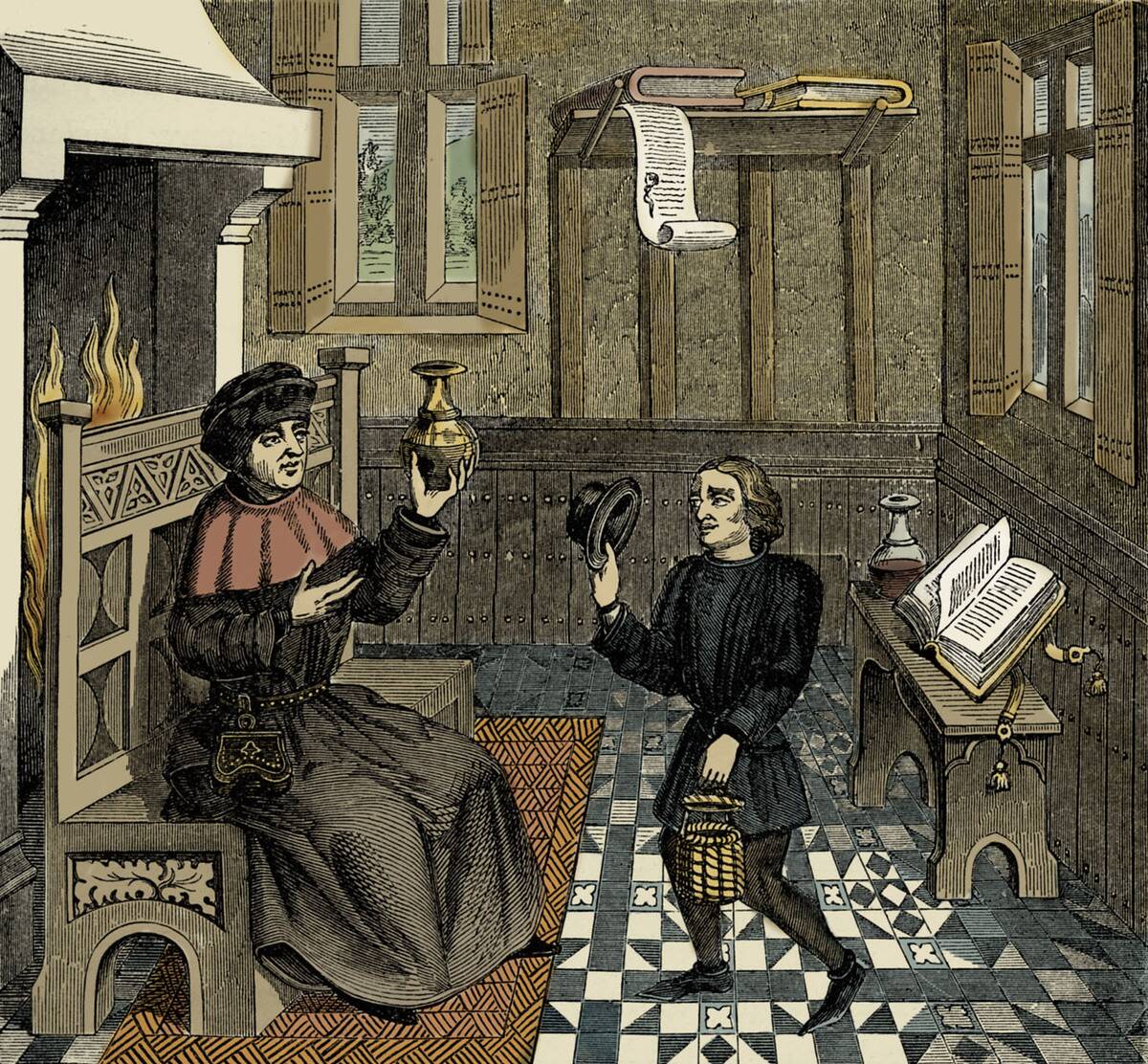
Long before pharmacies dotted every corner, nature was the primary source of medicine. Medieval healers used a variety of herbs to cure ailments, with many still in use today. Plants like sage, mint, and thyme were staples in the medieval apothecary’s toolkit. Sage was believed to enhance memory and cognitive function, while mint was used to soothe digestive troubles. These natural remedies were often based on centuries of trial and error, reflecting a deep understanding of plant properties.
Honey: The Golden Antiseptic
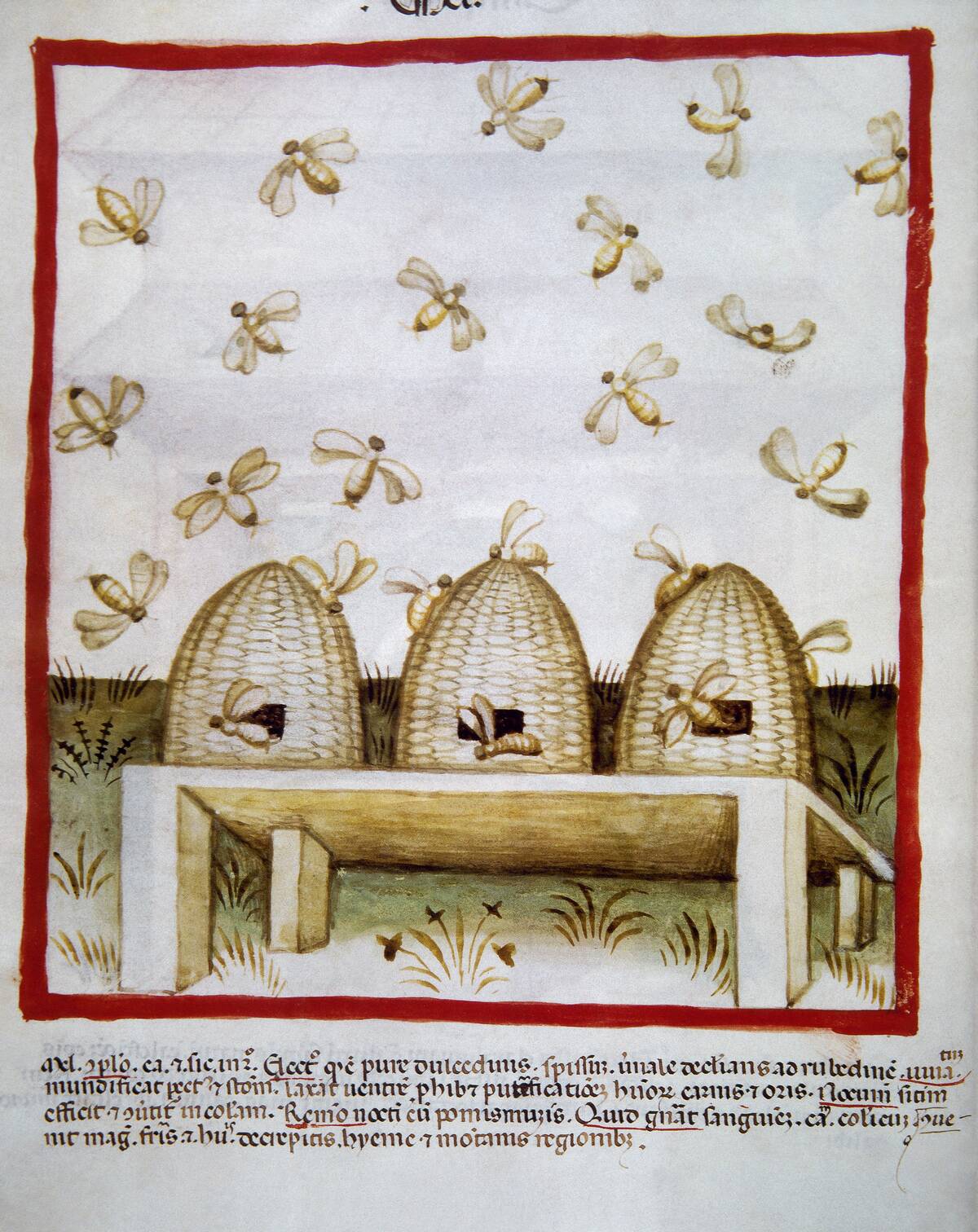
In the medieval world, honey was more than just a sweet treat. It was prized for its antibacterial properties, making it a popular choice for wound treatment. Honey’s low pH and high sugar content prevent the growth of harmful bacteria. This golden elixir was used to dress wounds and promote healing, a practice supported by modern science. Despite the passage of time, honey remains a trusted remedy in both folk and modern medicine.
Leech Therapy: Bloodsuckers with Benefits
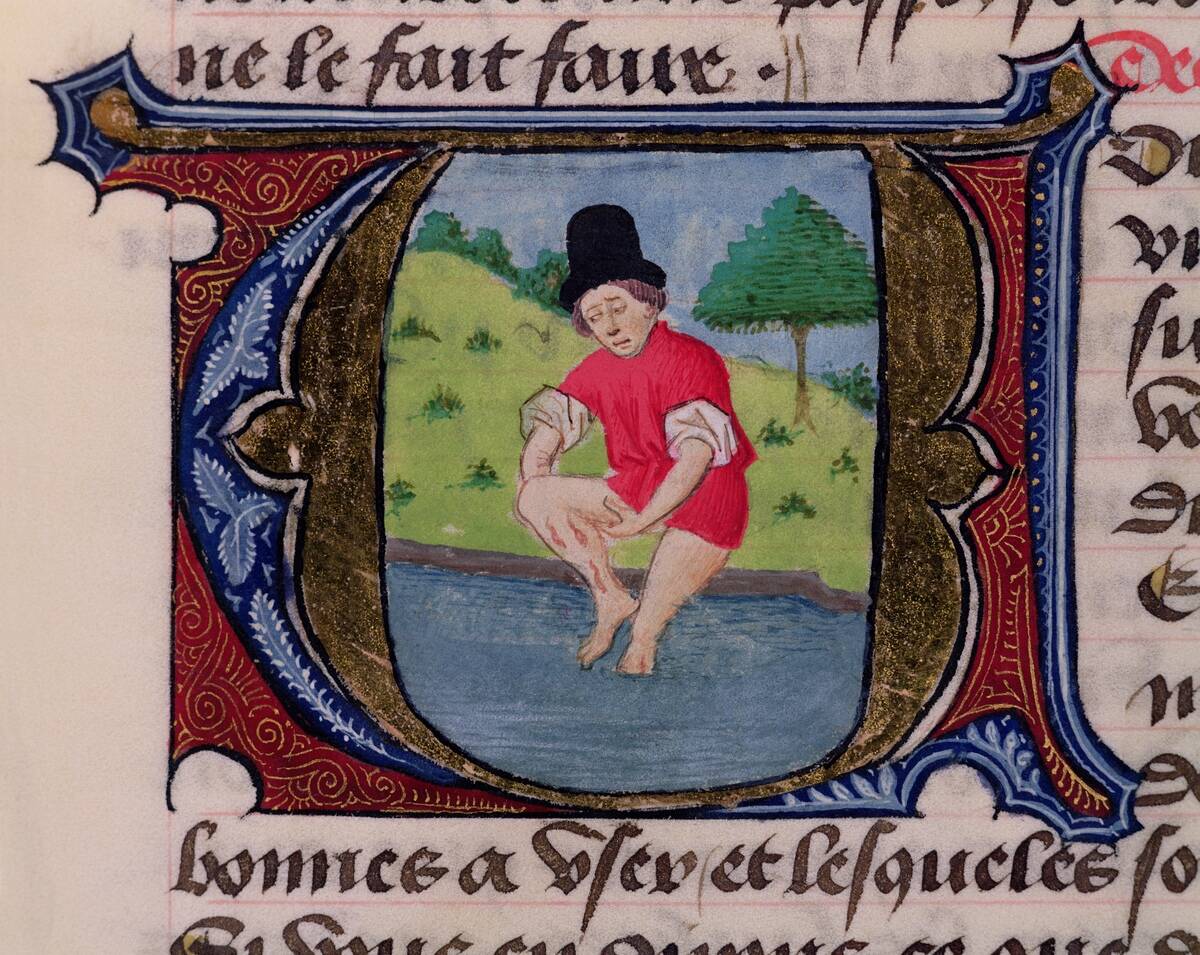
The idea of using leeches might make your skin crawl, but in medieval times, they were considered valuable medical tools. Leeches were employed to remove ‘bad blood’ from patients, a practice rooted in the ancient theory of humors. Surprisingly, leech therapy has made a comeback in modern medicine, particularly in plastic and reconstructive surgery. The leeches’ saliva contains anticoagulants that help improve blood flow and prevent clots, proving that sometimes old methods have merit.
Trepanning: Stone Age Neurosurgery
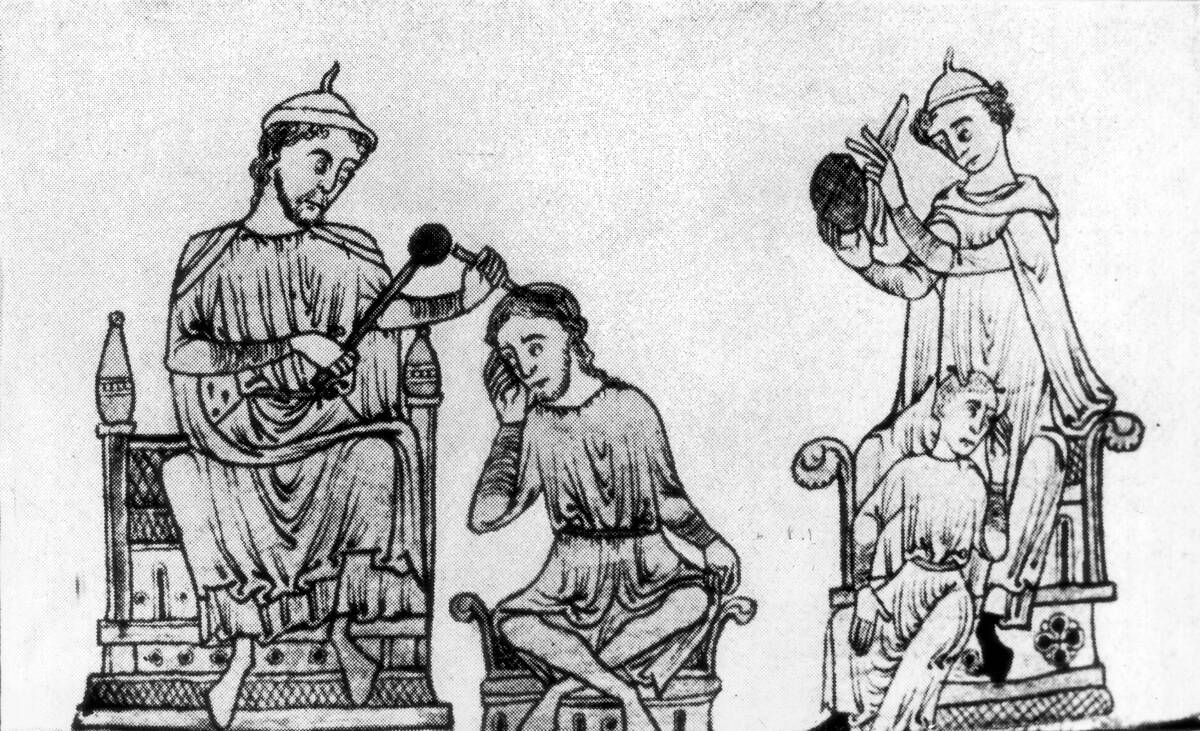
Trepanning, the process of drilling holes into the skull, sounds like something out of a horror movie. However, it was a common medieval practice believed to relieve pressure and treat head injuries. Archaeological evidence suggests that many patients survived the procedure, which is remarkable given the lack of anesthesia. While it may seem archaic, trepanning laid the groundwork for modern neurosurgery. It highlights the lengths to which medieval practitioners would go to alleviate suffering.
Cauterization: Burning Away the Bad
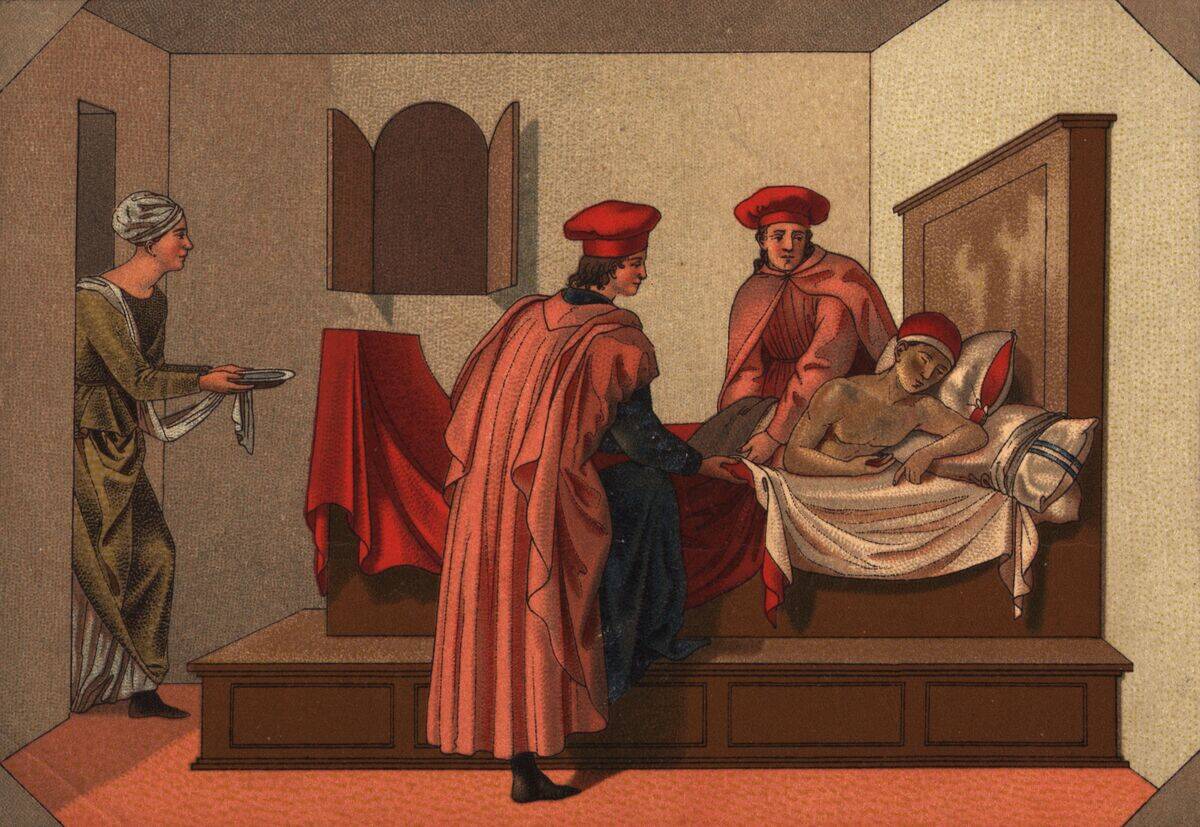
Cauterization involved using heat to burn tissue, a technique used to stop bleeding and prevent infection. In medieval times, hot irons or boiling oil were common tools for this purpose. Though painful, it was effective in sealing wounds and preventing blood loss. Today, cauterization is still used in various forms, from surgical procedures to cosmetic treatments. This practice underscores the medieval belief in drastic measures to combat illness and injury.
Vinegar: A Medieval Disinfectant
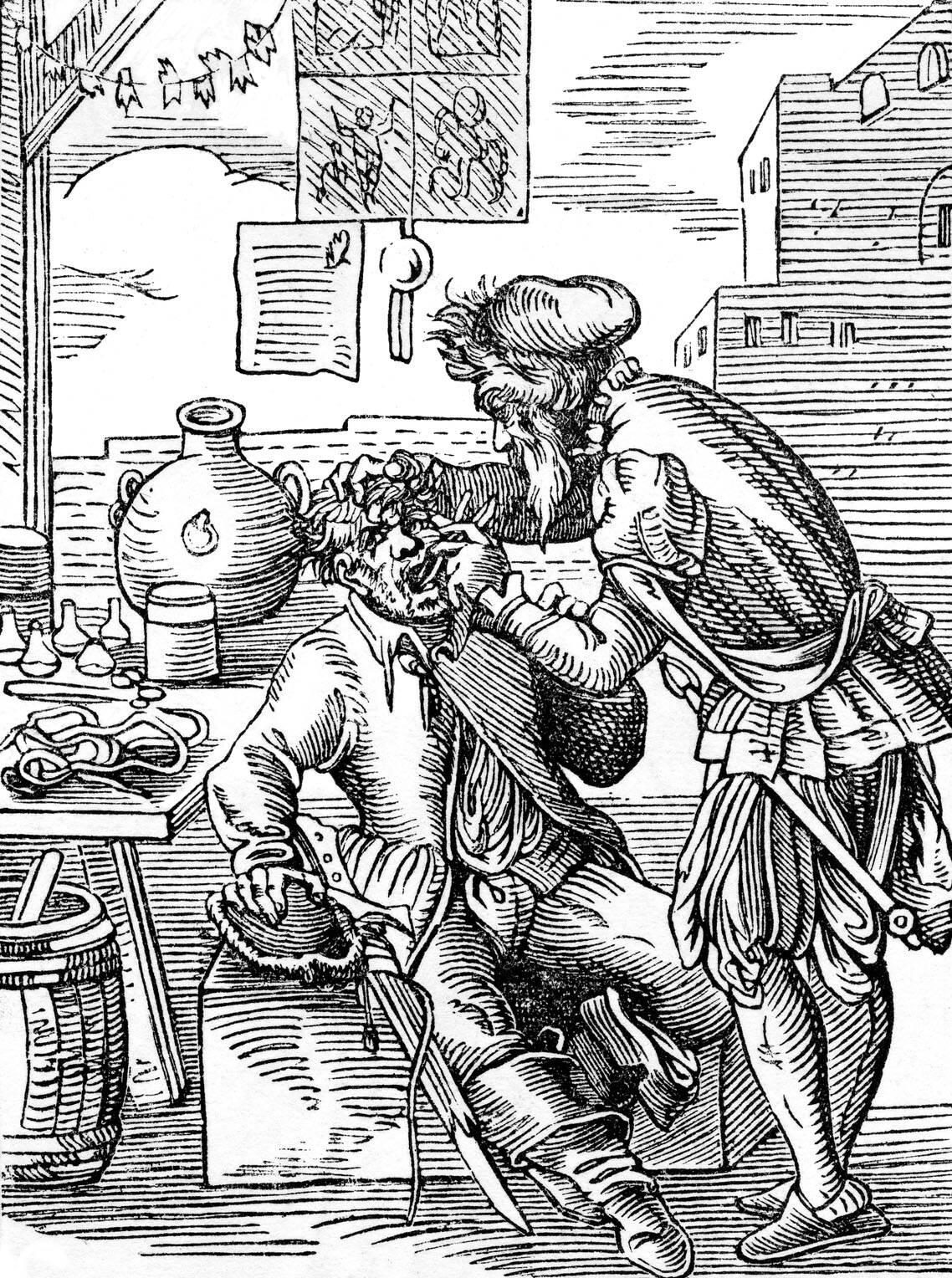
Vinegar was a versatile tool in the medieval medical arsenal, valued for its disinfecting properties. It was used to clean wounds and as a general antiseptic. The acetic acid in vinegar has antimicrobial properties, making it effective against a variety of pathogens. This humble household staple served both culinary and medicinal purposes, demonstrating the resourcefulness of medieval healers. Even today, vinegar is praised for its cleaning prowess and natural antibacterial qualities.
The Healing Power of Garlic
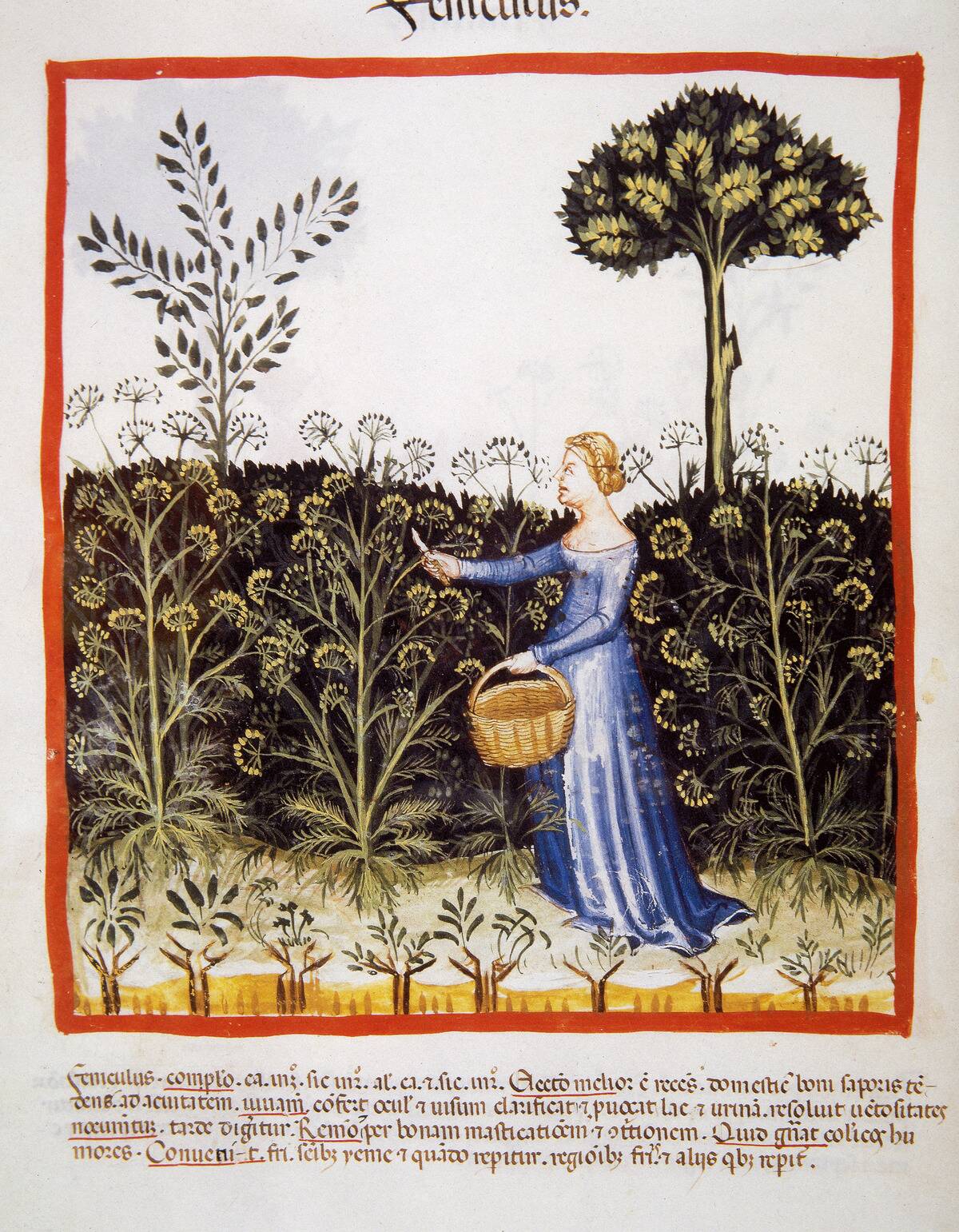
Garlic, often dubbed the ‘stinking rose,’ was a medieval staple for warding off illness. It was believed to have protective properties against infectious diseases. Modern research confirms that garlic contains allicin, a compound with antibacterial and antiviral effects. In the medieval mindset, garlic was seen as much a talisman as a treatment, showcasing the intersection of superstition and science. Its enduring popularity as a health booster is a testament to its efficacy.
The Humble Willow Bark: Aspirin’s Ancestor
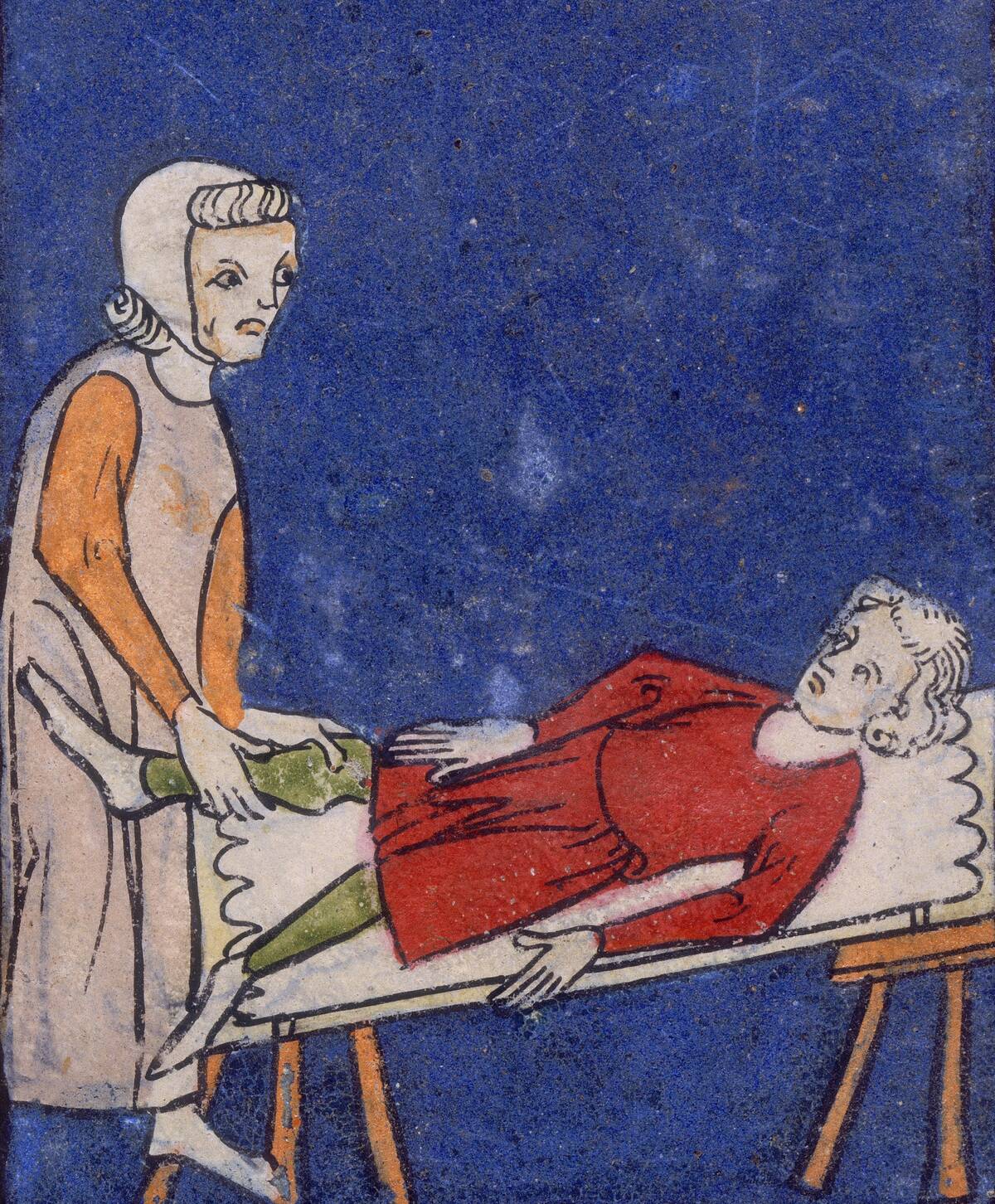
Willow bark was a go-to remedy for pain relief in the medieval period, thanks to its active ingredient, salicin. When ingested, salicin converts to salicylic acid, which has anti-inflammatory properties. This natural remedy was the precursor to modern aspirin, developed centuries later. The use of willow bark illustrates the medieval reliance on natural sources for medicinal solutions. It’s fascinating to see how an ancient remedy evolved into one of today’s most common medications.
Wine: More Than Just a Beverage
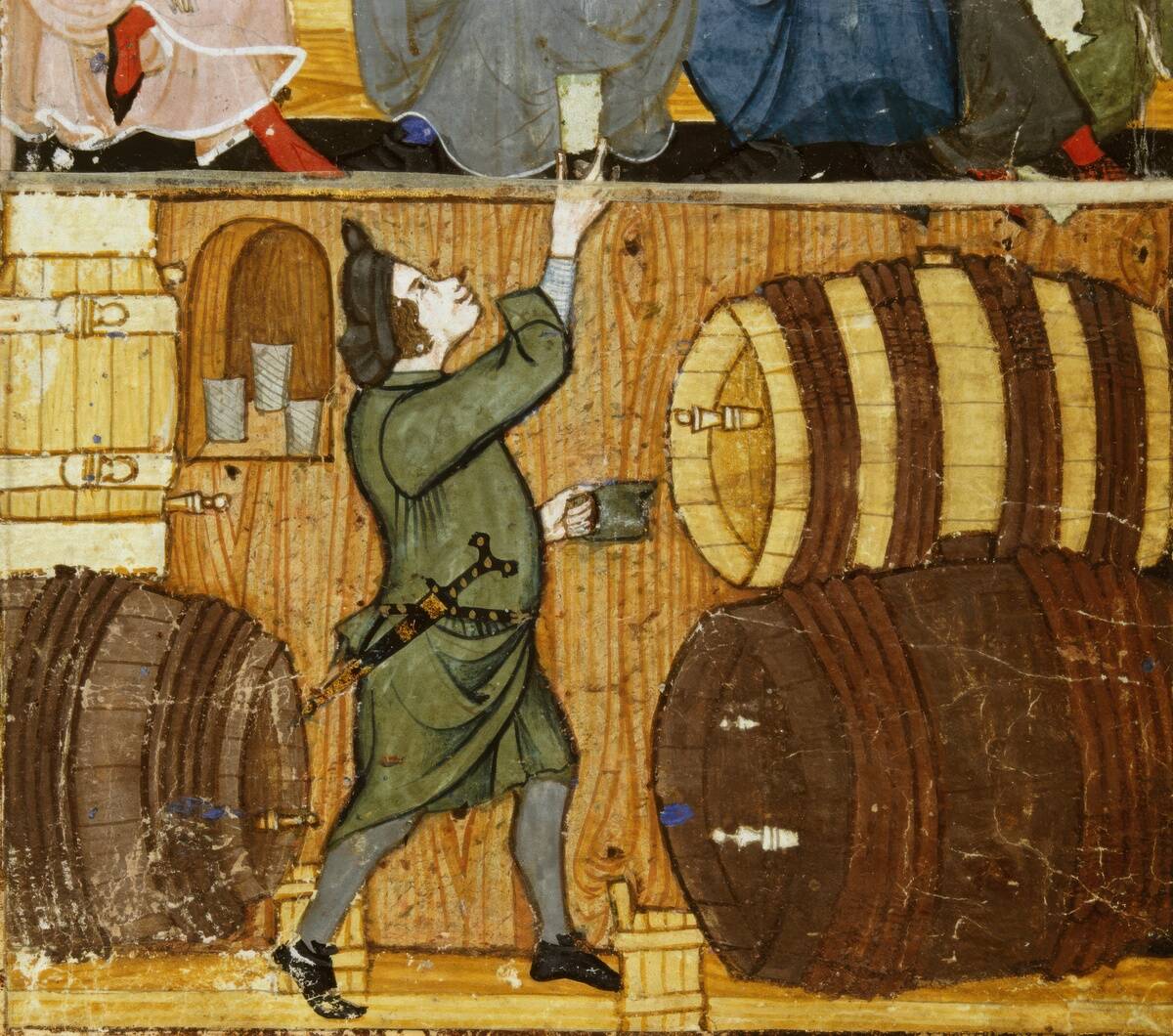
In medieval times, wine was more than a social lubricant; it was also a medicinal tonic. It was often infused with herbs to enhance its health benefits, serving as a remedy for digestive issues and other ailments. The alcohol in wine helped extract the active compounds from herbs, making it an effective delivery system for medicine. This dual purpose of wine highlights the ingenuity of medieval medicine, where everyday items often had multiple roles.
Animal-Based Remedies: Unusual but Effective
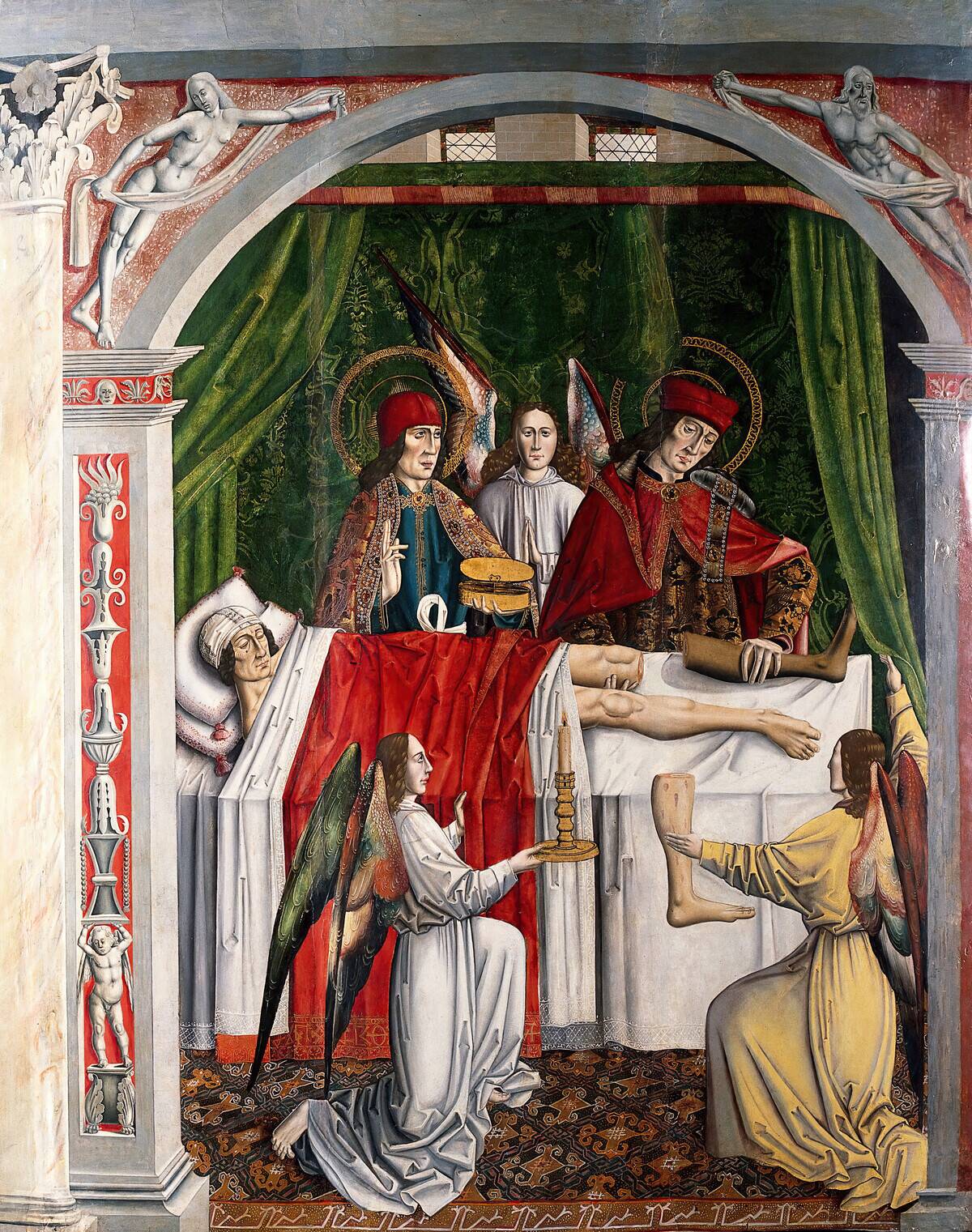
Medieval medicine sometimes ventured into the realm of the bizarre with its use of animal-based remedies. From crushed insects to animal fats, these ingredients were believed to hold special healing properties. For instance, snail slime was used to treat skin conditions, a practice that has seen a modern revival in beauty products. While not all medieval treatments were effective, some animal-based remedies are still valued for their unique benefits, emphasizing the creativity of past healers.
The Art of Balneotherapy: Healing Baths
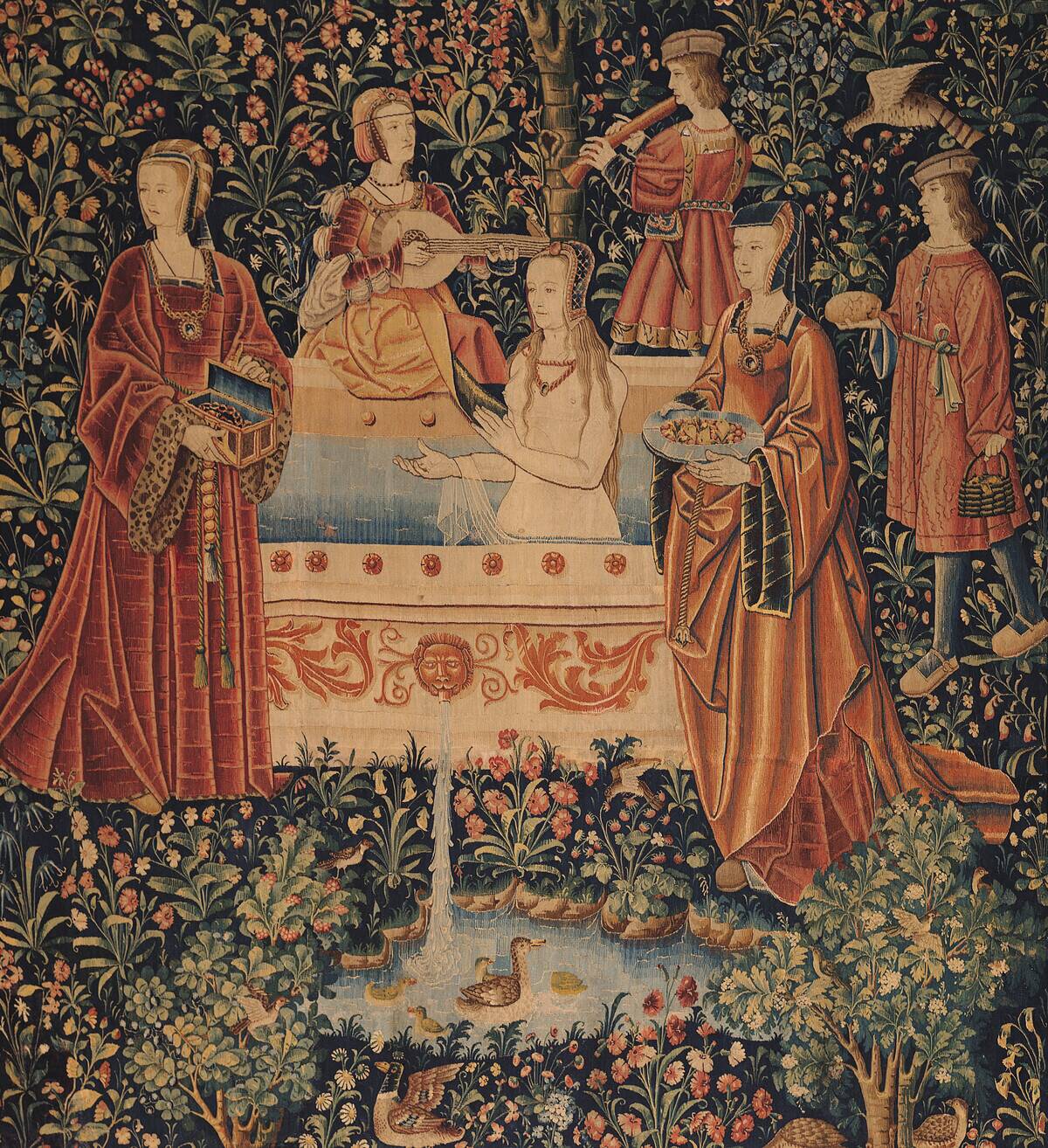
Balneotherapy, or the use of baths for medicinal purposes, was a popular medieval practice. Mineral-rich waters were believed to cleanse the body and restore health. Bathhouses were not just places for relaxation but also for healing, where the sick could seek relief from their ailments. Today, spa therapies continue to draw on the principles of balneotherapy, showing the lasting appeal of water-based treatments. The medieval emphasis on baths underscores the timeless allure of hydrotherapy.
Lavender and Chamomile: Calming the Storm
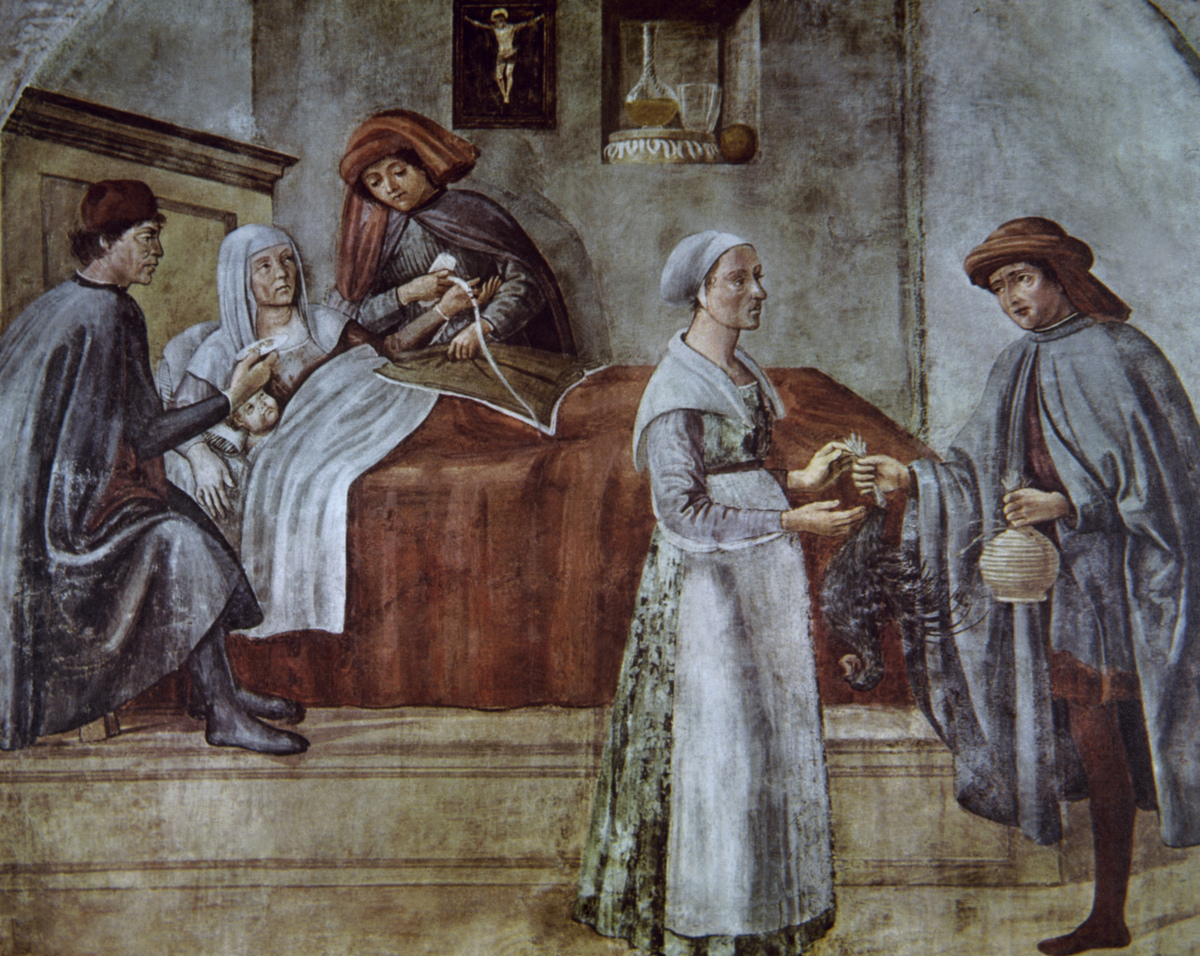
Lavender and chamomile were beloved in medieval medicine for their calming effects. These herbs were used to treat anxiety and insomnia, offering a natural way to soothe the mind. Lavender oil was often applied to temples or used in baths, while chamomile tea was a common bedtime drink. Modern studies support their sedative properties, demonstrating that medieval healers were onto something. The enduring popularity of these herbs speaks to their gentle yet effective nature.
The Rise of Apothecaries: Early Pharmacists

Apothecaries were the medieval forerunners of modern pharmacists, skilled in the preparation and dispensing of herbal medicines. These practitioners played a crucial role in healthcare, blending science with traditional remedies. They were often well-respected members of society, providing essential services to the sick and injured. The rise of apothecaries marked a shift towards more systematic approaches in medicine, laying the groundwork for the pharmaceutical industry we know today.
Diet and Nutrition: The Medieval Food Pyramid

Medieval medicine placed significant emphasis on diet and nutrition as key components of health. The food pyramid of the time was based on the balance of humors, with different foods believed to influence bodily fluids. Physicians often prescribed specific diets to treat ailments, recognizing the impact of nutrition on well-being. While their understanding was limited by today’s standards, the medieval focus on food as medicine highlights a timeless truth: what we eat profoundly affects our health.



